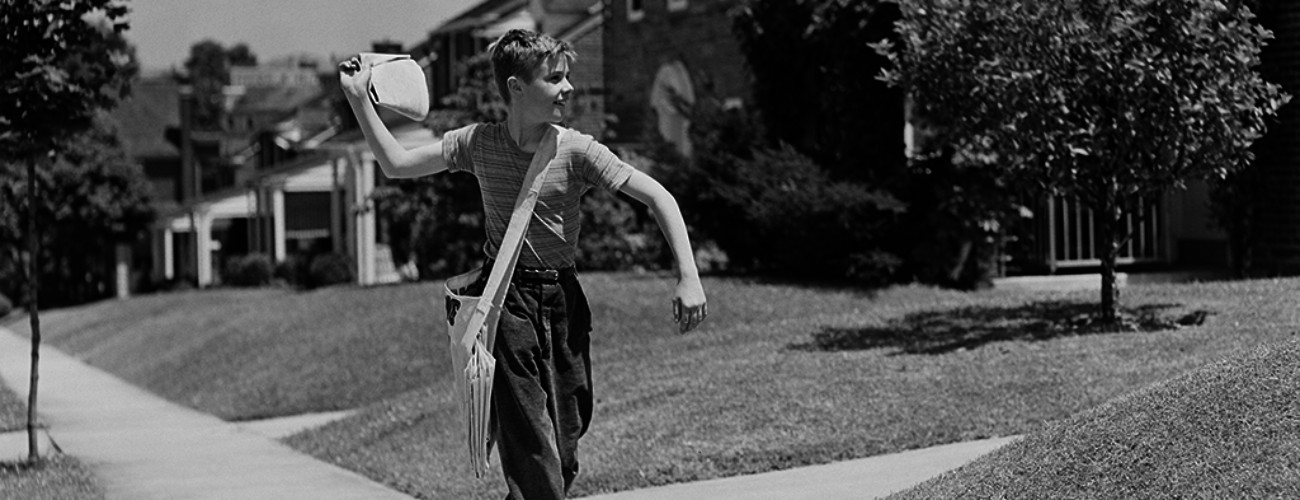Sign up for The Media Today, CJR’s daily newsletter.
With the resignation of Hope Hicks, a White House that has struggled to communicate the president’s message has lost one of its most consistent presences. Hicks may not have had the profile of previous departures like Steve Bannon or Sean Spicer, but White House reporters describe her as a integral part of Donald Trump’s inner circle, one who instinctively connected with him in ways few others have.
Her decision to leave her post as communications director, first reported by The New York Times’s Maggie Haberman, is the latest staff shakeup in an administration that has seen plenty of tumult. It also focused the media spotlight on a figure who has done her best to avoid it.
TRENDING: “This is going to be against everything The New York Times opinion section stands for”
Hicks was one of Trump’s most loyal defenders, serving him closely since before he announced he would run for president. She was often described as having a deep personal bond with the president, almost like a daughter. But despite her meteoric rise to a position of power and her constant presence by Trump’s side, Hicks was rarely heard from. During her time in the White House, she never gave a television or radio interview.
Her reticence was a unique trait in a White House dominated by big personalities, but Hicks was no minor figure. “She held immense power, and was able to circumnavigate what would be considered the traditional hierarchies of previous White House communications operations,” CNN’s Hadas Gold and Brian Stelter write. They note that Hicks was the go-to contact for many of the country’s most visible reporters, sometimes arranging interviews without the knowledge of the rest of the White House staff.
The announcement of her resignation came a day after she testified before the House Intelligence Committee and reportedly admitted to telling “white lies” in her service to Trump. She has faced special scrutiny for her presence on Air Force One as a misleading statement about Donald Trump Jr.’s meeting with Russians was drafted. The timing drew suspicion from some observers, but Haberman insisted on Twitter that her decision was not connected to the hearing.
Hicks’s impending departure is another example of the chaotic White House environment that has seen unprecedented turnover in its first 13 months. It’s also a blow to a communications team that has seen four directors come and go, while wrestling with the challenge of honesty in attempting to translate and defend Trump’s actions and comments.
Below, more on the reaction to Hicks’s resignation.
- Effect on Trump: The Washington Post’s Philip Rucker and Ashley Parker write that the departure of one of his most trusted aides leaves the president, “increasingly isolated in his own West Wing, which has returned to the chaos and tumult of its earliest days.”
- Judging Hick’s tenure: The New Yorker’s David Remnick comes down hard on Hicks’s “white lies” description of her behavior in the White House. “The president’s daily communications are a tangle of falsehoods, defamations, and tall tales, and Hicks was his facilitator, his defender, his explainer,” Remnick writes.
- Who is Hope Hicks?: During the campaign, Olivia Nuzzi took a run at explaining Hicks’s rise to power. Last summer, Politico’s Annie Karni profiled Hicks in the White House, describing her as wholly devoted to the president.
- Communications void: A day before Hicks’s announcement, Axios reported that Josh Raffel, a senior communications official and crisis manager for Ivanka Trump and Jared Kushner, was also leaving the White House.
- Up next?: Axios’s Jonathan Swan lists the candidates to replace Hicks as communications director.
Other notable stories
- BuzzFeed’s Miriam Elder and Charlie Warzel write that the trend of blaming Russian bots for driving attention to controversial stories has to stop. “I’m not convinced on this bot thing,” Clint Watts, the cofounder of the project often cited as the main source of information on Russian bots, told BuzzFeed.
- CJR’s Jon Allsop writes that the staying power of the post-Weinstein sexual misconduct narrative and the Parkland shooting story are tied, at least in their connection to the president. “They are both…Trump-adjacent: tied inextricably to the president’s personal conduct and maverick political style,” Allsop writes.
- Fox News and CNN have long been bitter rivals, ready to engage in sniping at each other’s coverage, but The Washington Post’s Paul Farhi argues that the conflict between the networks is heating up: “Both networks have aired or published online dozens of articles about the other in recent months, playing up such topics as ratings, various mistakes and embarrassing missteps by the other, and even coverage of the Winter Olympics.”
- For CJR, Heidi N. Moore writes that the crisis of trust in journalism extends to newsrooms. Moore blames financial pressures and shifting strategies for “deep rifts between reporters and newspaper management, a mutual wariness that’s appearing across the industry as unprecedented mistrust.”
- USA Today published an opinion piece about arming teachers by conspiracy theorist and InfoWars Washington bureau chief Jerome R. Corsi. Splinter’s David Uberti takes the paper to task for its lack of awareness about Corsi’s background.
ICYMI: 10 podcasts to help you keep up with the news cycle
Has America ever needed a media defender more than now? Help us by joining CJR today.



